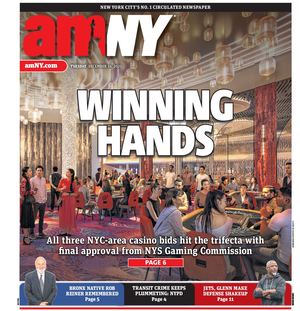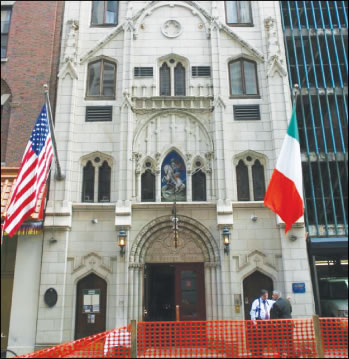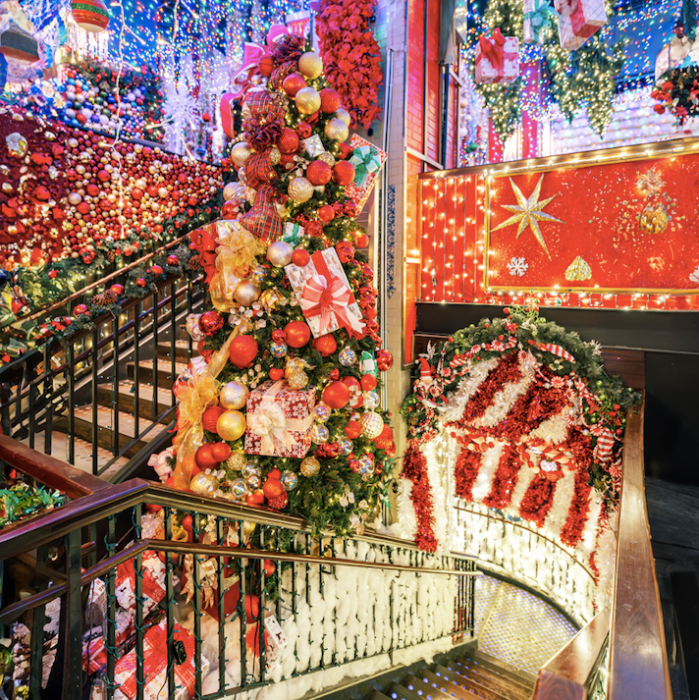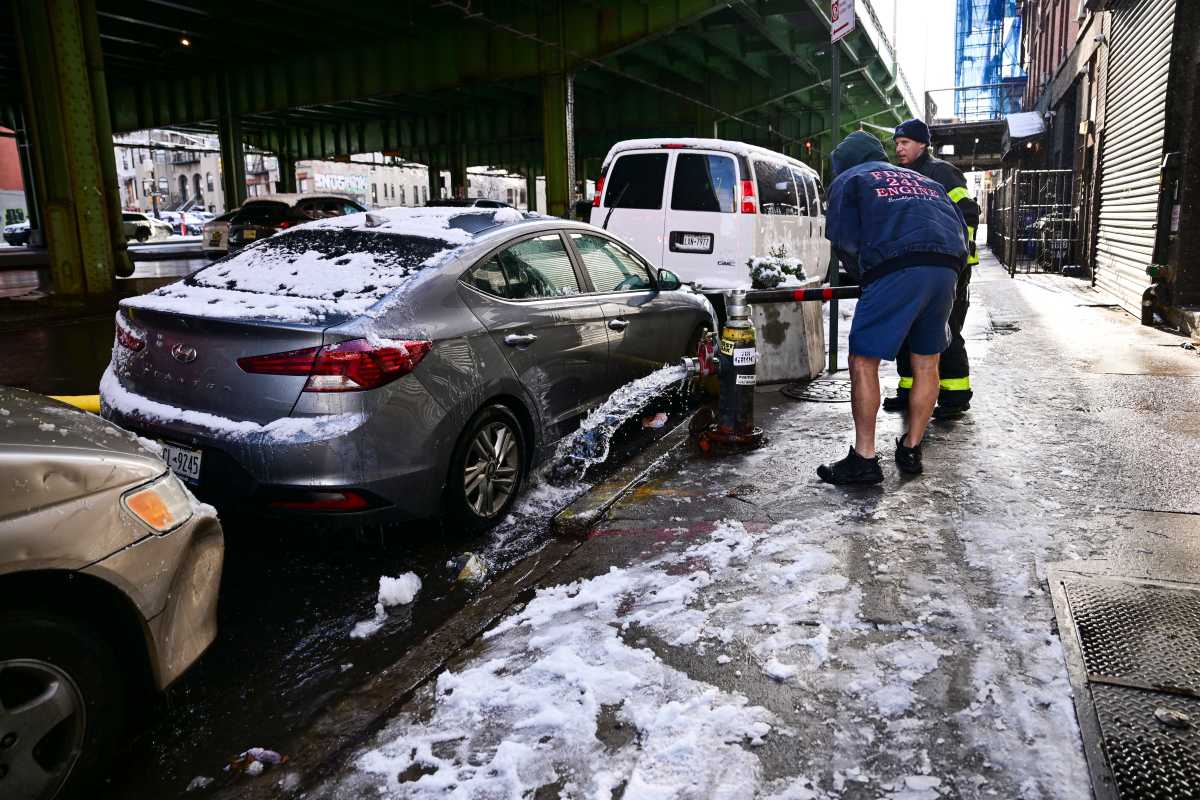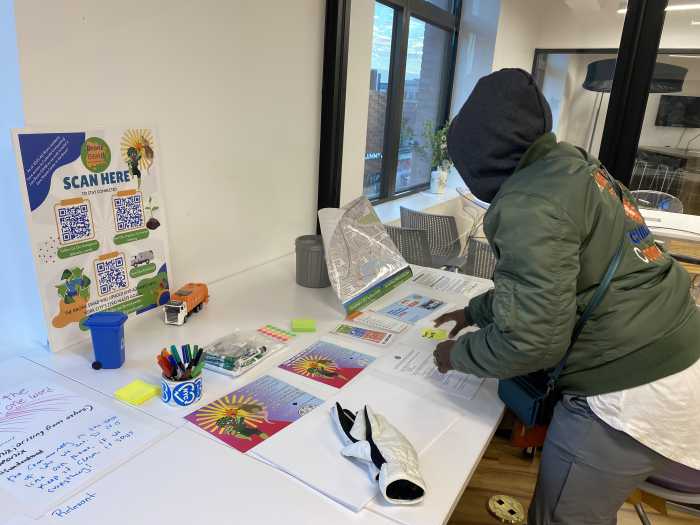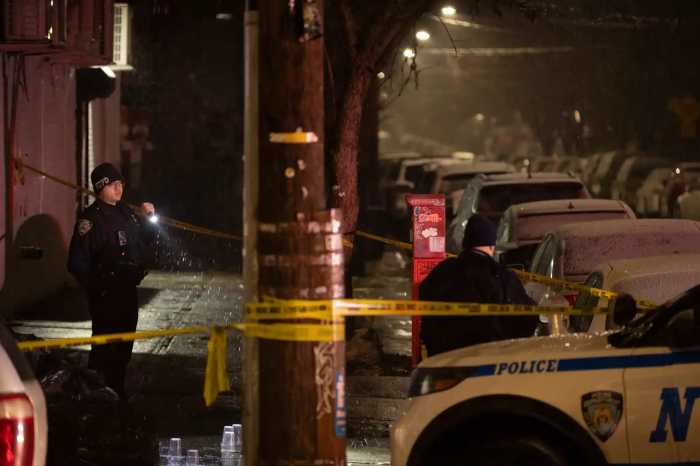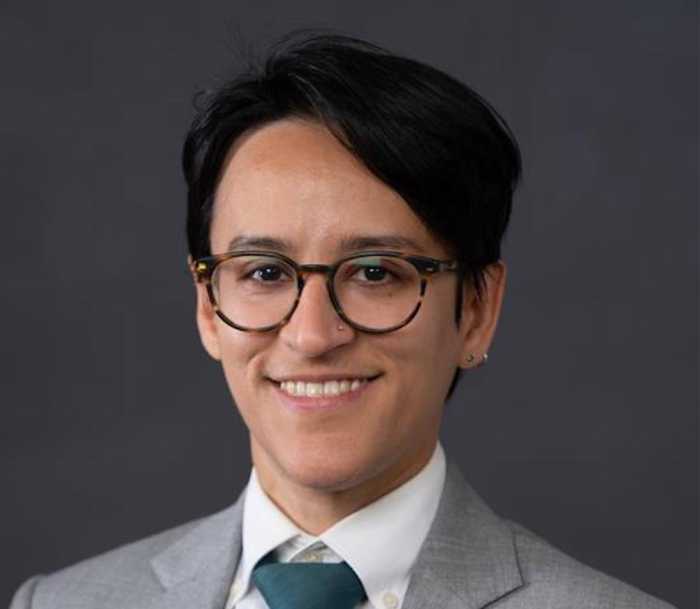By Julie Shapiro
After a six-year struggle, preservationists won the landmarking this week of a former Syrian church at 103 Washington St.
The neo-Gothic building with a white terra cotta facade stands just south of the World Trade Center site, amid vacant lots and skyscrapers, and now houses Moran’s Restaurant and Pub. The architecture of the former church, St. George’s, is one of the sole remaining pieces of the thriving Syrian immigrant community that dominated the neighborhood in the early 20th century.
“This intact, vibrant former church is the city’s most vivid reminder of the time when Washington St. was the Main Street of Syrian America,” Bob Tierney, chairperson of the city Landmarks Preservation Commission, said in a statement. “Its history is as fascinating as its architecture is extraordinary.”
The L.P.C. unanimously approved the designation Tuesday.
Joe Svehlak, a tour guide who often leads visitors past 103 Washington St., began fighting to landmark it in 2003. He initially hoped to create a Little Syria historic district, comprised of the church and the other two buildings on the block: 105-107 Washington St., a former settlement house that is now vacant; and 109 Washington St., an old tenement.
While Svehlak wanted all three buildings to be designated, he is still glad the city opted to protect the most majestic and historically intact of the three.
“It feels absolutely wonderful,” Svehlak said, “especially after trying to persuade them for so many years of the value.”
After the L.P.C. vote, Svehlak and the others who worked to designate the building gathered at Moran’s on the ground floor of the building to celebrate.
Brian Lydon, who bought 103 Washington St. in 1982 and opened Moran’s there four years later, was pleased by the designation, although he did not always support it. When preservationists first approached him several years ago, he was weighing selling the building and had received a tempting offer of $12 million from a developer, he said.
But Svehlak and others made their case to Lydon, describing the building and the neighborhood’s history, and, little by little, they won him over. Lydon now speaks of the church’s past and significance with just as much reverence as the preservationists themselves.
The building was originally constructed as a much more humble structure in 1812, and over the next century it grew and housed a ship chandlery, a boarding house, a dance hall, a bank and a tailor.
By the early 1900s, the neighborhood had filled with thousands of Syrian immigrants, most of them Christian, and they needed somewhere to worship. St. George’s, the country’s first Melkite Greek Catholic parish, opened in the building in 1925, and four years later the church decided to put a new facade on the five-story structure. Among the most recognizable features of the new facade is a terra cotta depiction of the church’s namesake, St. George, spearing a green dragon while riding a white horse.
Much of the Syrian community was displaced by the construction of the Brooklyn-Battery Tunnel, which opened in 1950. The neighborhood saw further change with the construction of the World Trade Center, and very little of the area’s original fabric remains.
Even 103 Washington St. is more new than old. Lydon said much of the interior of the building collapsed in the early 1980s, and he had to rebuild the structure behind the facade before he could open Moran’s in 1986.
Today, Moran’s occupies the first three floors of the building, with six studio apartments above. The economy has put a dent in traffic to Moran’s, where sales are down to a third of what they were several years ago, Lydon said. The demolition of other buildings nearby hasn’t helped, nor have the still-towering Deutsche Bank building and the construction pit at the World Trade Center site.
Still, Lydon is glad he hung onto the building to keep Moran’s open. Another branch of his family owns the Moran’s in Chelsea.
Esther Regelson, who lives at 109 Washington St. and also fought to landmark the three buildings on the block, has seen the neighborhood changes firsthand.
“Every day that goes by, there’s less and less evidence of the history,” Regelson said. “It’s important to preserve it.”
Julie@DowntownExpress.com
